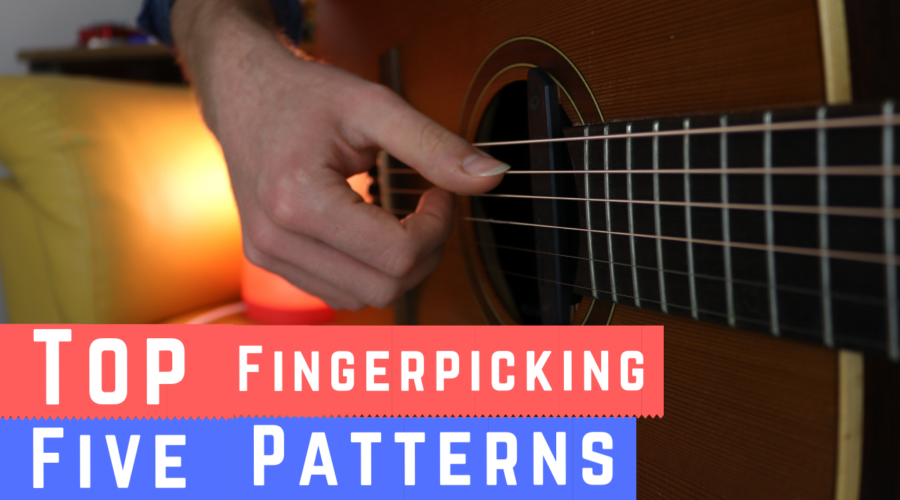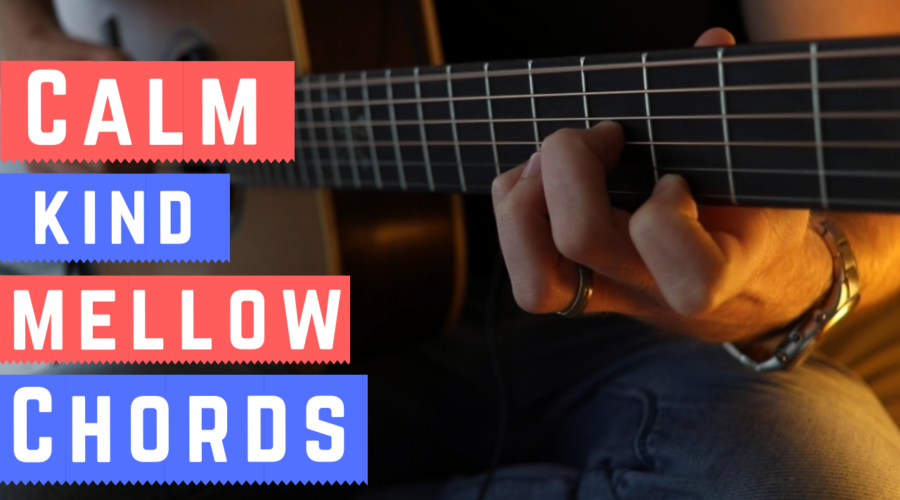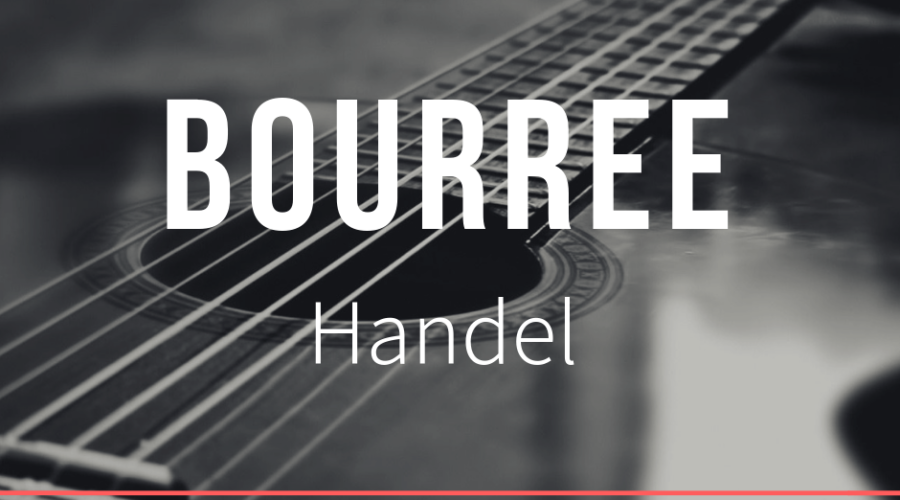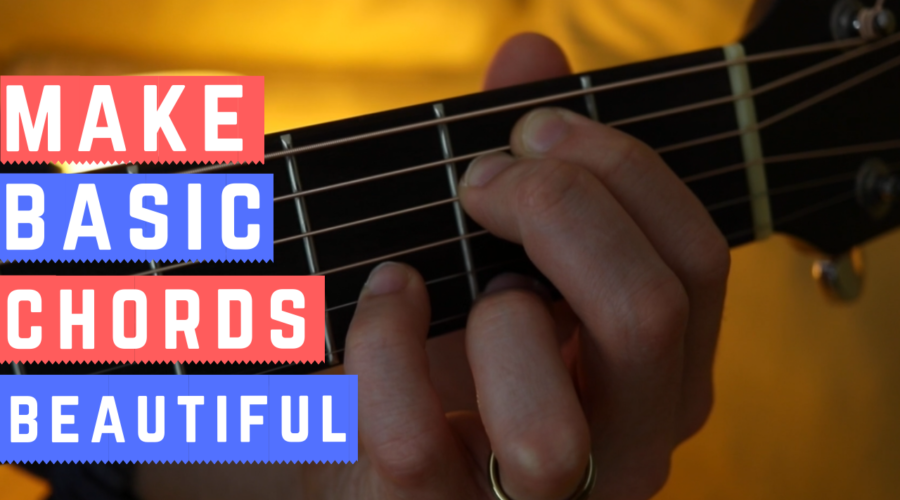Chords are one of the things that guitar players use all the time. From a simple folk song to a difficult standard Jazz, we need chords to outline the harmony of the tune so that we can sing, solo, or improvise on it. Chords can be quite challenging to learn, so in this lesson, I am going to show you a few tips on how to switch guitar chords fast no matter if the chords are simple or challenging to play.
So, how do you change chords fast on guitar? To change chords, quickly keep your fingers as close as possible to the strings. For beginner chords, visualize the chord shape on the fretboard, then build the chord from the bottom string up. For advanced chords, start by fretting two notes only and add more notes afterward.
Changing chords fast requires a lot of work. I see a lot of beginners getting stuck practicing two chords over and over. Even though this approach works, it can be quite frustrating and boring to repeat the same chords on a loop so in this lesson I am going to show you a few tricks to make any chord change easy to achieve.
We will learn
- Left-hand position for a fast chord change.
- Fingerpicking technique helps chord changes.
- How to change chords fast in C major.
- How to change chords fast in G major.
- How to change chords fast in D major.
- How to change advanced chords fast.
You can’t change chords fast if your left-hand position isn’t correct. One of the most common beginner mistakes is thinking that you will become better at changing chords on guitar by simply repeating the chord change over and over. This is proven to be wrong. If you don’t learn how to position the left-hand correctly, you might be wasting a lot of time.
So how should you position the left-hand for fast chord change? Lower the thumb and position the finger phalange right in the middle of the neck. There should be space between the bottom neck and the palm of your hand. Also, place the fingertips very close to the fret. This position helps you stretch your fingers, improve strength and control, and it works perfectly with chord changes.
Check the example below:

Fingerpicking Technique Helps Chord Changes
Another awesome thing that you can do to improve your chord changes on guitar is practicing the chords with the fingerpicking technique.
One of the remarkable things about fingerstyle guitar is the fact that we can single out some of the notes of the chord to make it easy to play. This approach is impossible with the strumming technique.
Let me show you how to simplify a few chords, such as G major and B minor. Play the simplified chords with two strings only. The bass note of the chord will be played with the thumb while the other note with the index finger.


How to Change Chords Fast in C major
Now that you learned the basics of fast chord changing it’s time to learn how to practice the chord change with some of the most common chord progressions on guitar. In this example, we will have a look at the C major and A minor key.
Quick Music Theory Tip: The C major and A minor key share the same chords as they come from the same scale. The A minor is the relative minor key of C major because it starts on the six degree
The chords in C major are C Dm Em F G Am Bdim.
Let me break down the chords into some of the most popular chord changes.
- C major to G major.
- C major to A minor.
- C major to F major.
- C major to D minor
- A minor to G major
- A minor to F major
- A minor to D minor
C major to G major
The best way to practice the C-G chord change is by playing the C major on the 5th and 2nd string only followed by the G major with the 6th and 1st string.

C major to A minor
The C to A minor is one of the most simple chord change on guitar. Remove the third finger from the A string fret 3 and play the open A string. Notice that for the simplified chords you should only pluck the 5th, 4th, and 2nd string.

C major to F major
The fingerpicking technique makes this chord change fast. Play the F major with the 4th string fret 3 and B string fret 1.

C major to D minor
There are no notes in common between the C major and the D minor chord. To make the chord change fast, play the D minor with the three strings only. Start with the 4th string open, G string fret 2, and 1st string fret 1.

A minor to G major
The A minor to G major is one of the most common chord changes on guitar. In this example, we are playing the simple G major with the low E string, G, B, and top E string. The A minor chord is played with three strings only.

A minor to F major
Another simple chord change. Just swap over the middle and ring finger and play the F major chord with the 4th string fret 3, G string fret 2, and 2nd string fret 1.

A minor to D minor
For this chord change, we will lower the index finger down to the 1st string fret 1, and the middle finger to the 3rd string fret 2.

How to Change Chords Fast in G Major
Let’s move on to the G major key. The awesome thing about the G major is that it has a few chords in common with the C major key such as C major, G major, E minor, and A minor.
There are also different chords, such as the D major and B minor. The chords in G major/B minor key are G, Am, Bm, C, D, Em, F#dim.
These are the chord change we are going to practice in G major key.
- G major to D major
- G major to B minor
- G major to C major
G major to D major
When there are notes in common between two chords, we keep these fingers in the same frets to make the chord change faster. This is called the pivot finger.
We can use this approach between the G major and D major chord. Keep the B string fret 2 between the G major and D major chord.

G major to B minor
Another example of a pivot finger between the G major and B minor chord.

How to Change Chords Fast in D major
The D major is one of my favorite key on the guitar. The chords in D major becomes a little bit more challenging though so you must learn how to change chords smoothly.
In the D major key, we have the following chords: D major, E minor, F# minor, G major, A major, B minor and C# diminished. We have already explored some of the chords such as the D major, E minor, B minor, and G major but in the D major key, we will also deal with the A major and F# minor chord which are indeed more challenging to learn.
We will work on:
- D major to B minor
- D major to F# minor
- D major to A major
- B minor to F# minor
D major to B minor
In this example, we are going to combine two chords we have already simplified, the D major to B minor chord. If you play the D major with the left-hand finger 1 and 2, you can use the B string fret 3 as a pivot note. Hold this note down as this is a note in common between the D and B minor chord.

D major to F# minor
The fingerpicking technique allows you to make difficult chords simple. In this exercise, we are simplifying the F# minor chord, which is usually a six strings bar chord played on fret 2. We can change the two chords faster by playing the F# minor on the Low E string, G, and B string only.

D major to A major
One of the most popular chord change on guitar. The A major is indeed a simple chord to play even though it can become a struggle if you have big fingers. In this chord, you should squeeze three fingers within the same fret. We can simplify this chord by only playing the top three strings.

B minor to F# minor
Let me show you how to change these two guitar chords fast. The B minor and F# minor chord are very difficult to play in their basic shape. Both chords should be played with a bar chord on the 2nd fret. You can simplify the chords by playing three strings only.

How to Change Advanced Chords Fast
Once you familiarize yourself with the basic chords, you can then learn how to change intermediate and advanced chords easily. For me, advanced chords are all the chords that are played with three or more fingers. Think about extended chords such as the maj7, majr9, add9, add11, 13, and suspended chords.
In this section, you will learn how to change advanced chords smoothly by practicing them with the fingerpicking technique. Switching guitar chords faster is very simple to do with fingerstyle guitar because we can single out some of the notes of the chord and simplify the chord shape quite a lot.
You will learn:
- How to switch between the Major 7th chords.
- How to change Minor 7th chords fast.
- How to simplify advanced chords for a smooth chord change.
How to Switch Between the Major 7th chords
The Major 7th is a chord played with the Root note, 3rd, 5th, and 7th. Playing a chord with four notes is more challenging, but we can use the same technique to simplify the chords so that you can switch fast between Major 7th chords.
Think about a C major 7th chord (Cmaj7) played with the Root note on the A string.

To simplify the Cmaj7 chord, only pluck two strings at a time. You could, for example, pluck the A and G string, or the A, G, and B string. I always recommend that you keep the bass note (the root note of the chord) all the time.
These are two ways of playing the Cmaj7 chord for the fast chord change.

We can use the same concept for Major 7th chords played in different positions and shapes. Always use the fingerpicking technique to isolate two or three strings of the chord to make it easy to play.
How to Change Minor Chords Fast
The same approach can be used for the Minor 7th chords. Let’s have a look at a simple example.

How to Simplify Advanced Chords for a Smooth Chord Change
You should apply this simple concept to any other chord, you know. The method I showed you in this lesson works for any chord shape and species.
Try this approach on Maj9, Sus2, Sus4, Add9, Add11, 13, Dim, and altered chords.
If you always struggle with chord changes, learn how to simplify the chords using the fingerpicking technique, as shown in this lesson. I recommend that you simplify the chords starting from two strings only before moving on to more strings.
Related Questions
How should I practice the chord change with strumming? Start by practicing the chord change with two chords only. Position the first chord down and strum the strings. Count four beats before quickly changing the chord as promptly as possible. Don’t strum too quickly, instead, brush the strings slowly and look out for muted notes.
How to know when to change chords on guitar? To change chords smoothly and evenly, decide for how many beats you want the chord to last. A four beats chord will last for four counts. Strum or pluck the chord on the first count then let it ring out for the remaining three beats. Start at a slow pace. Also, try different time signatures such as three or two beats per measure.





















































